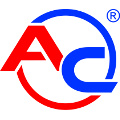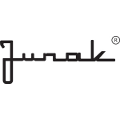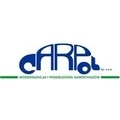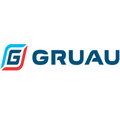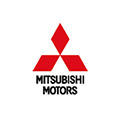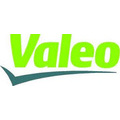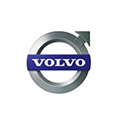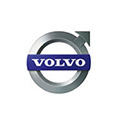Homologation
Ever since Poland’s accession to the European Union all issues related to type-approval of vehicles, motorcycles and spare parts are governed by the European legislation. The key Polish act which implements European type-approval regulations is the act Road Traffic Law of 20 June 1997.
In 1998, EC-type whole-vehicle type approval was initially applicable to passenger vehicles, and its scope was expanded with motorcycles in 2003. This means that to be admitted to road traffic, these categories of vehicles must comply with all type-approval requirements set forth by the European legislation. At the same time, European type-approval provided grounds for registration of such vehicle in every EU state. This solution strives to assure high standards of road safety, health protection, environmental protection, energy efficiency and ensure unconstrained access to benefits provided by the EC single market. It also aims to optimise implementation and due operations of the procedure for monitoring of production compliance, which is the backbone of the EU EC-type approval scheme.
The effective framework directive on the type-approval scheme introduced the obligatory Whole Vehicle type-approval regime for all categories of vehicles. Introduction of this obligation is implemented in line with the schedule commencing in 2009 and ending in 2014.
The directive requires Member States to implement this obligation in two phases:
- prior to granting of an EC type approval, a respective authority must verify that adequate arrangements have been made to ensure that production conforms to the approved type of the manufacturer. It is usually implemented by obtaining the EN ISO 9001 certificate by the manufacturer;
- after granting of an EC type approval, a respective approval authority must verify once again that arrangements made by the manufacturer continue to ensure compliance of the production. Such arrangements are made in line with procedures set forth by the framework directive and if applicable, other respective directives specified in the framework directive.
The approval authority sends a copy of an EC type approval, which has been approved, rejected or ceased to be valid. In case of parts and component type approvals, such information is forwarded every 3 months.
Vehicles which were granted whole vehicle EC type approval may be sold, registered or admitted into service, provided they hold valid EC certificate of conformity.
EC certificate of conformity is a document in which the manufacturer of the vehicle certifies that a given vehicle holds whole vehicle EC type approval.
Individual directives and regulations on EC type approval are also developed under the auspices of the United Nations Economic Commission for Europe Regulations of 1958. To-date, there are very strong links between EU legislation, UNECE Regulations, whereas regulations ratified by the Community are deemed equivalent to individual directives and regulations the on EC type approval scheme.
Whole Vehicle type approval allows manufacturers to fully benefit from prospects offered by the EU market, whereas the EC approval scheme based on UNECE Regulation allows for their expansion beyond EU markets.


